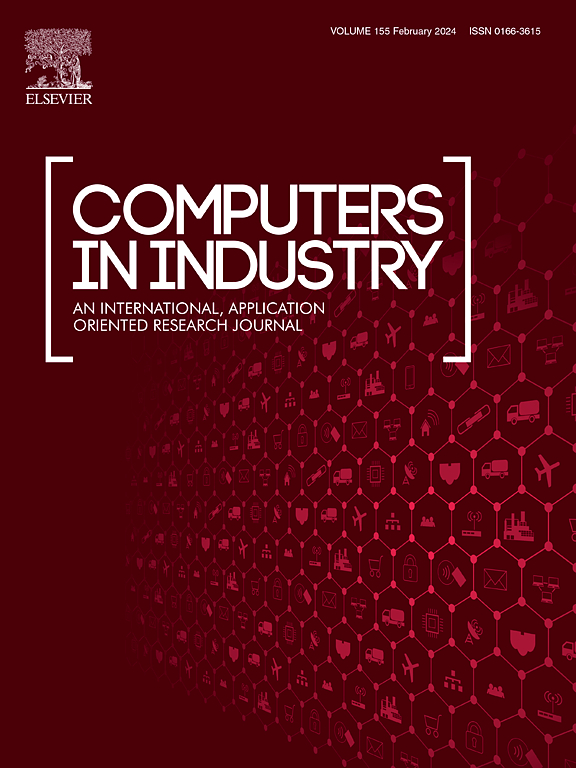Interactions between BIM and robotics: Towards intelligent construction engineering and management
IF 9.1
1区 计算机科学
Q1 COMPUTER SCIENCE, INTERDISCIPLINARY APPLICATIONS
引用次数: 0
Abstract
The interactions between robotics and Building Information Modeling (BIM) are revolutionizing the construction industry by fostering smarter, more adaptive, and efficient workflows. BIM provides robots with geometric and semantic information for precise task execution, while robots contribute real-time as-built data to update and refine BIM models. Despite its significant potential, research on BIM-robotics interactions is still in the early stages and lacks comprehensive reviews. This paper presents a detailed review of the BIM-robotics interactions in the construction industry. A two-fold literature search was conducted, resulting in the collection of 92 research papers published since 2015. Four key applications are identified: task planning, intelligent assembly, 3D printing, and inspection. Additionally, the role of robotics in facilitating BIM model generation is discussed. To address challenges such as data interoperability and the absence of standardized frameworks, this study proposes a four-layer interaction framework: Foundation Layer, Application Layer, Communication Layer, and Intelligence Layer. This framework aims to enhance BIM-robotics synergy, enabling seamless data exchange and advancing intelligent construction and management.
BIM与机器人的交互:走向智能化的建筑工程与管理
机器人和建筑信息模型(BIM)之间的相互作用通过培养更智能、更适应性和更高效的工作流程,正在彻底改变建筑行业。BIM为机器人提供精确执行任务的几何和语义信息,而机器人则提供实时建成数据来更新和完善BIM模型。尽管具有巨大的潜力,但对bim -机器人交互的研究仍处于早期阶段,缺乏全面的评论。本文详细介绍了bim -机器人在建筑行业中的相互作用。进行双重文献检索,收集2015年以来发表的研究论文92篇。确定了四个关键应用:任务规划、智能装配、3D打印和检测。此外,还讨论了机器人在促进BIM模型生成中的作用。为了解决诸如数据互操作性和缺乏标准化框架等挑战,本研究提出了一个四层交互框架:基础层、应用层、通信层和智能层。该框架旨在增强bim与机器人的协同作用,实现无缝数据交换,推进智能建筑和管理。
本文章由计算机程序翻译,如有差异,请以英文原文为准。
求助全文
约1分钟内获得全文
求助全文
来源期刊

Computers in Industry
工程技术-计算机:跨学科应用
CiteScore
18.90
自引率
8.00%
发文量
152
审稿时长
22 days
期刊介绍:
The objective of Computers in Industry is to present original, high-quality, application-oriented research papers that:
• Illuminate emerging trends and possibilities in the utilization of Information and Communication Technology in industry;
• Establish connections or integrations across various technology domains within the expansive realm of computer applications for industry;
• Foster connections or integrations across diverse application areas of ICT in industry.
 求助内容:
求助内容: 应助结果提醒方式:
应助结果提醒方式:


